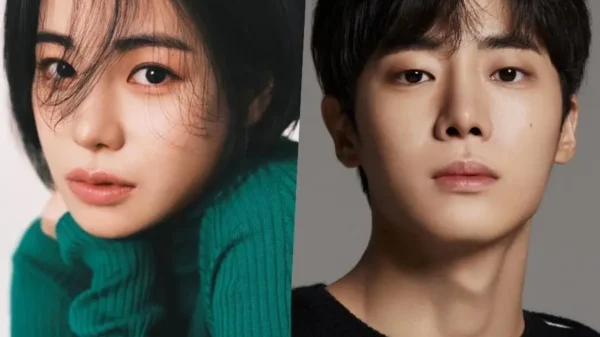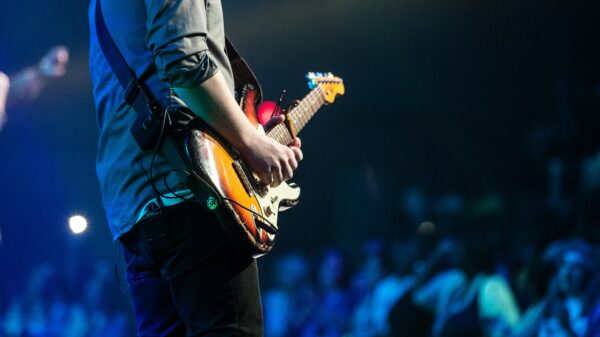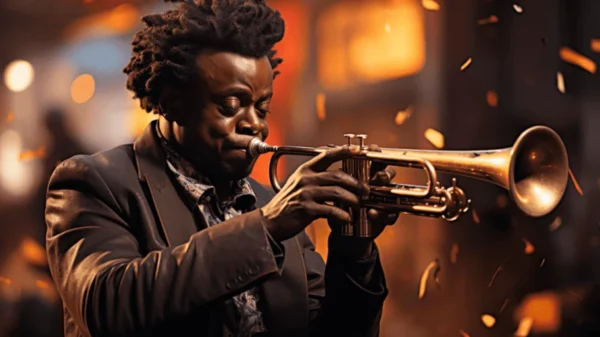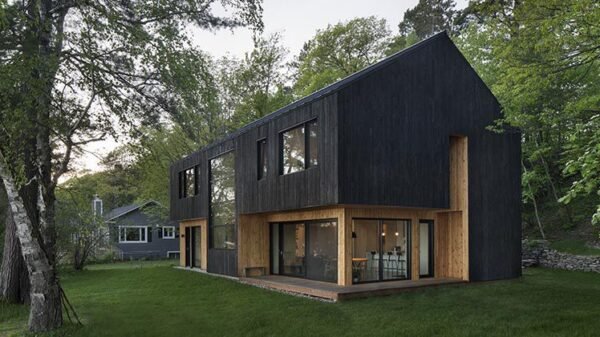Dance has always been a form of expression and communication, reflecting the culture and emotions of its time. Over the years, dance styles have evolved and transformed, with contemporary dance taking center stage as one of the most influential and dynamic forms of movement.
The Origins of Contemporary Dance
Contemporary dance emerged in the mid-20th century as a rebellion against the strict rules and traditional techniques of classical ballet. Influenced by various dance forms such as modern dance, jazz, and even martial arts, contemporary dance sought to break free from the constraints of tradition and explore new possibilities of movement.
Contemporary dance is characterized by its fluidity, versatility, and emphasis on self-expression. Dancers use their bodies as instruments to convey emotions, ideas, and narratives, often incorporating improvisation and personal interpretation into their performances.
The Influence of Modern Dance
Modern dance played a significant role in shaping contemporary dance. Pioneered by dancers like Isadora Duncan and Martha Graham, modern dance rejected the rigid structure of ballet and embraced a more natural and expressive style of movement. It emphasized the use of breath, gravity, and the release of tension to create a sense of freedom and authenticity.
Many of the principles and techniques developed in modern dance, such as contraction and release, fall and recovery, and the use of the spine as a source of movement, continue to influence contemporary dance today. They provide a foundation for dancers to explore their own creativity and push the boundaries of movement.
Breaking Boundaries with Contemporary Dance
Contemporary dance has the unique ability to blend various dance styles and techniques, allowing for endless possibilities of expression. It is not bound by any specific rules or conventions, giving dancers the freedom to experiment and create their own unique movement vocabulary.
One of the defining features of contemporary dance is its focus on the connection between mind and body. Dancers are encouraged to explore their emotions, thoughts, and sensations, and translate them into movement. This deep connection allows for a more authentic and powerful performance, captivating audiences and evoking a range of emotions.
Contemporary Dance in Popular Culture
Contemporary dance has gained popularity not only in the world of art but also in mainstream media and entertainment. Its influence can be seen in music videos, commercials, and even reality television shows like “So You Think You Can Dance.”
Contemporary dance has also found its way into the world of competitive dance, with many dancers specializing in this style and showcasing their skills in national and international competitions. Its inclusion in prestigious dance festivals and performances around the world has further solidified its place as a respected and influential art form.
The Future of Contemporary Dance
As the world continues to evolve, so too will the art of dance. Contemporary dance will undoubtedly continue to push boundaries, challenge conventions, and inspire audiences with its innovative and thought-provoking performances.
With the rise of technology and digital platforms, contemporary dance has also found new ways to reach audiences around the world. Live-streamed performances, virtual reality experiences, and online dance classes have made this art form more accessible and inclusive than ever before.
Contemporary dance is a testament to the power of human expression and the limitless possibilities of movement. It continues to evolve and adapt to the changing times, reflecting the diverse voices and experiences of our society. Whether on stage or through a screen, contemporary dance will always have the power to captivate, inspire, and move us.


































